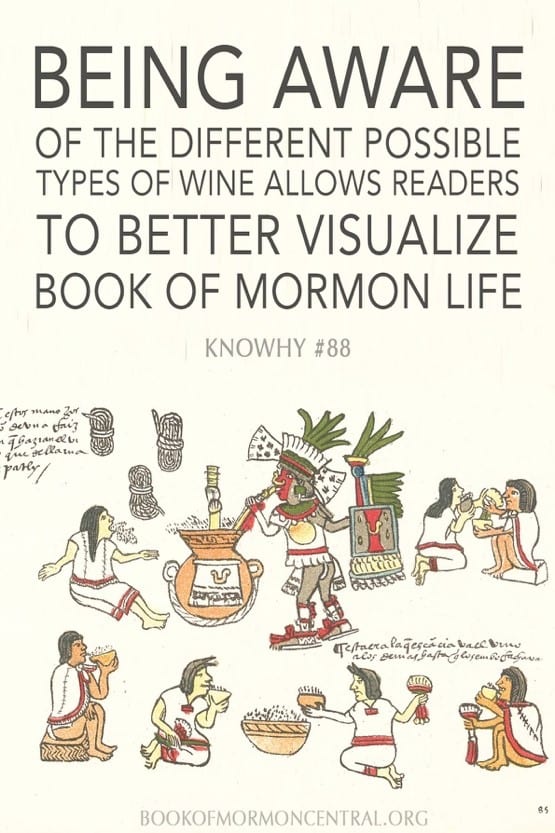Podcast: Download (45.0MB)
Subscribe: RSS
This week’s interview on the Mormon FAIRCast is with is with Dr. Louis C. Midgley. He was born and raised near Salt Lake City. He received a bachelor’s degree and a master’s degree from the University of Utah, and, after teaching for a year at Weber State University, he and his wife moved to Providence, Rhode Island, where he received his Ph.D. from Brown University in the political science department. He taught the history of political and legal philosophy for thirty-six years at Brigham Young University, from which he retired in 1996.
Dr. Midgley has had an abiding interest in the history of Christian theology. He wrote his doctoral dissertation on Paul Tillich, the then-famous German-American Protestant theologian and political theorist/religious-socialist activist. Midgley also studied the writings of other influential Protestant theologians such as Karl Barth. Eventually he took an interest in contemporary Roman Catholic theology, and was also impacted by the work of important Jewish philosophers, including especially Leo Strauss and his disciples.
Beginning with its first issue in 1989, he was a regular contributor to the FARMS Review, which soon became the flagship publication of the Neal A. Maxwell Institute for Religious Scholarship. He eventually also had the pleasure of serving as one of its associate editors until it was cancelled in 2011. He then began serving as a contributing editor for Interpreter: A Journal of Mormon Scripture in 2012.
Dr. Midgley served two missions to New Zealand—the first in 1950-52 and the second, with his wife, in 1999-2000, during which they directed the Lorne Street Institute of Religion, in Auckland.
He is married to the former Ireta Troth, of Bountiful, Utah. They are the parents of two sons and a daughter.
Dr. Midgley’s wife passed away on 3 February 2014 from an unexpected catastrophic event following successful surgery at the Huntsman Cancer Hospital. He is now without the immediate companionship of his beautiful wife. He lives with a firm hope that he will eventually be reunited with her.
Dr. Midgley’s testimony can be found at Mormon Scholars Testify.






